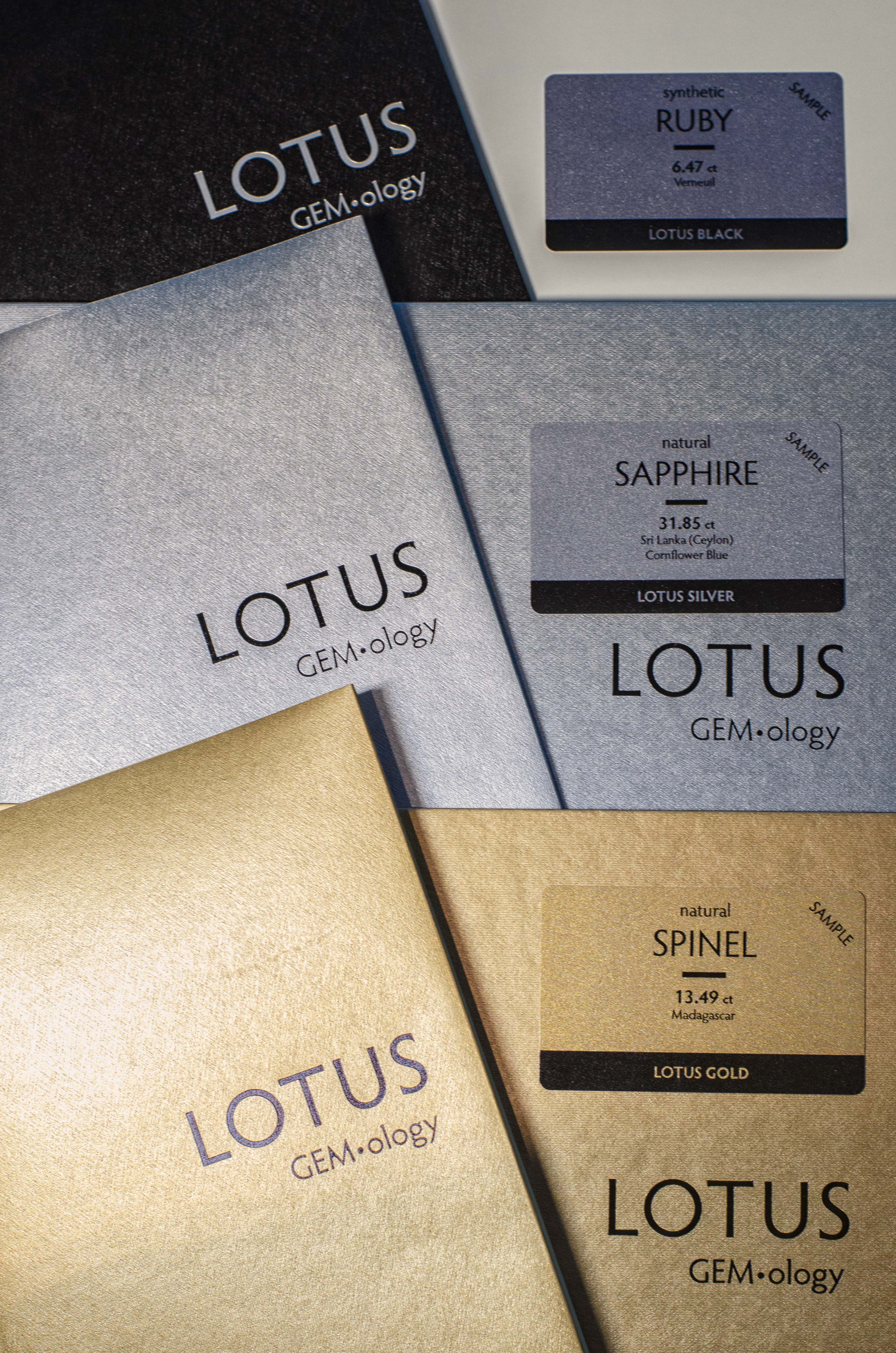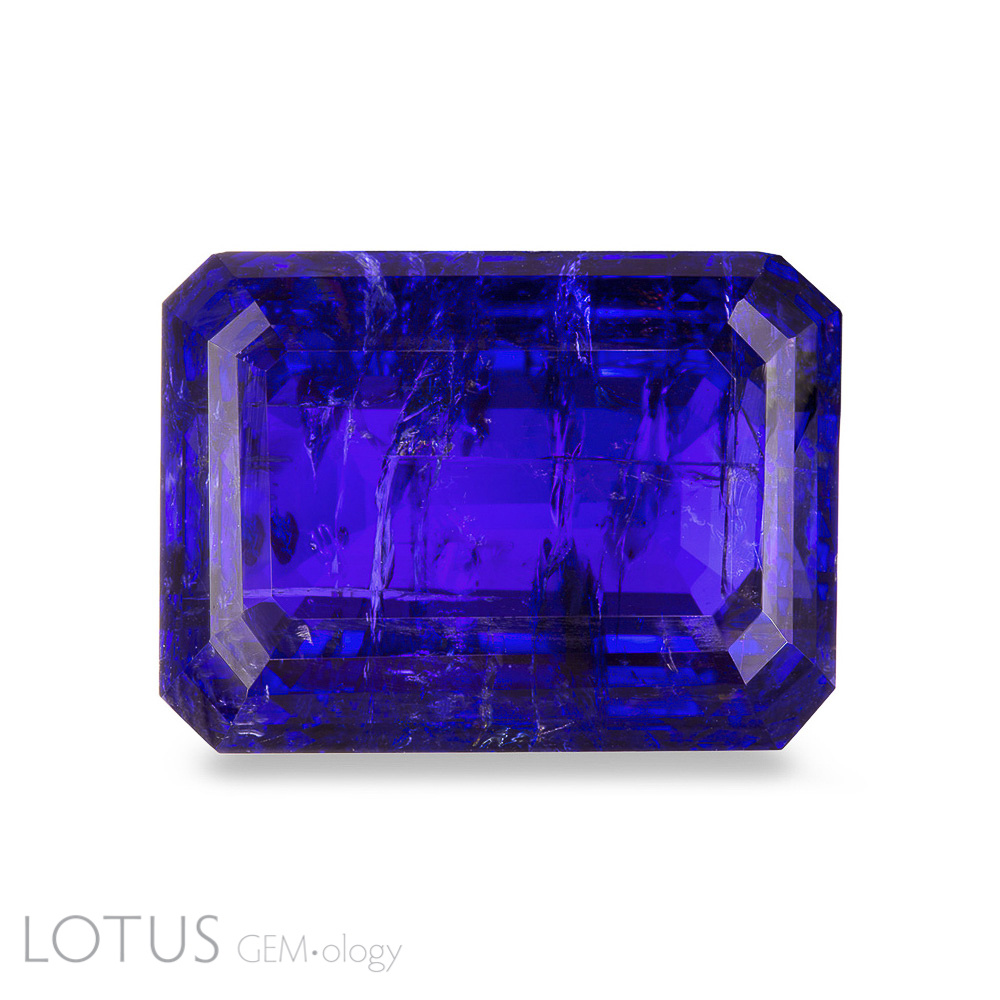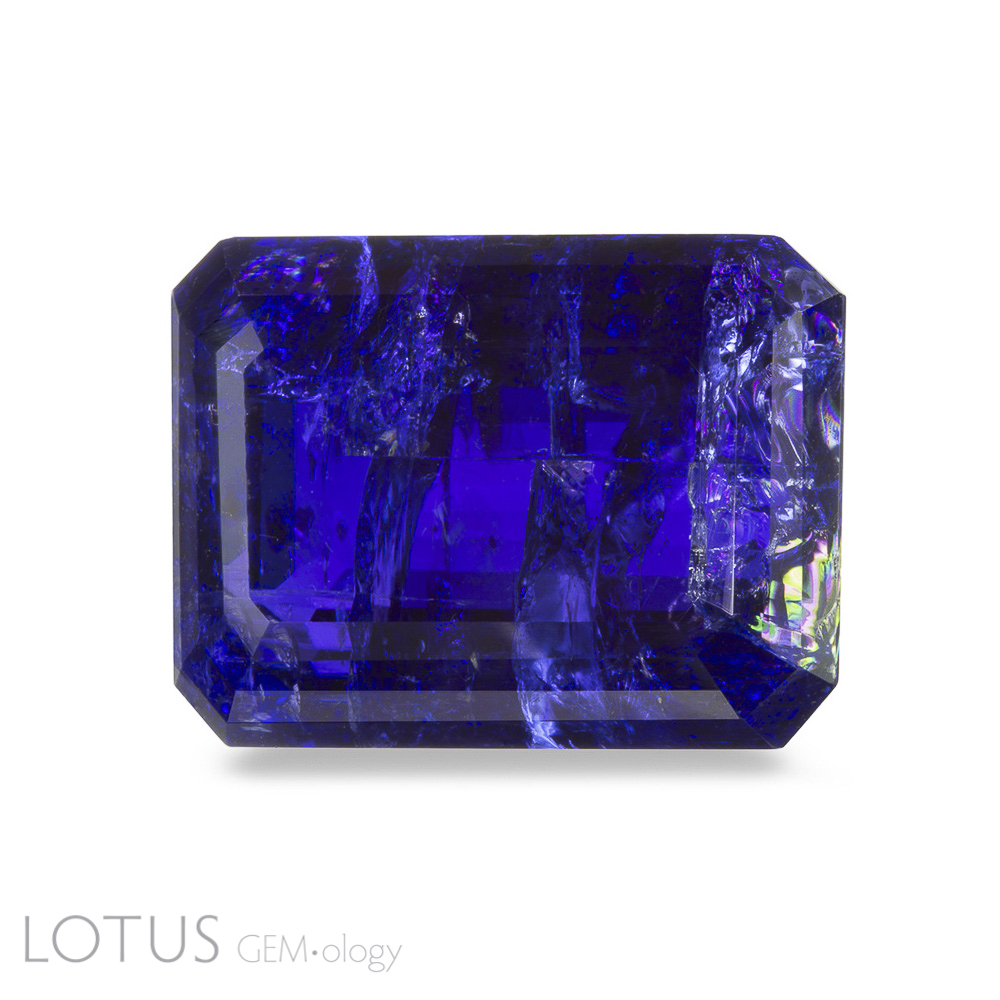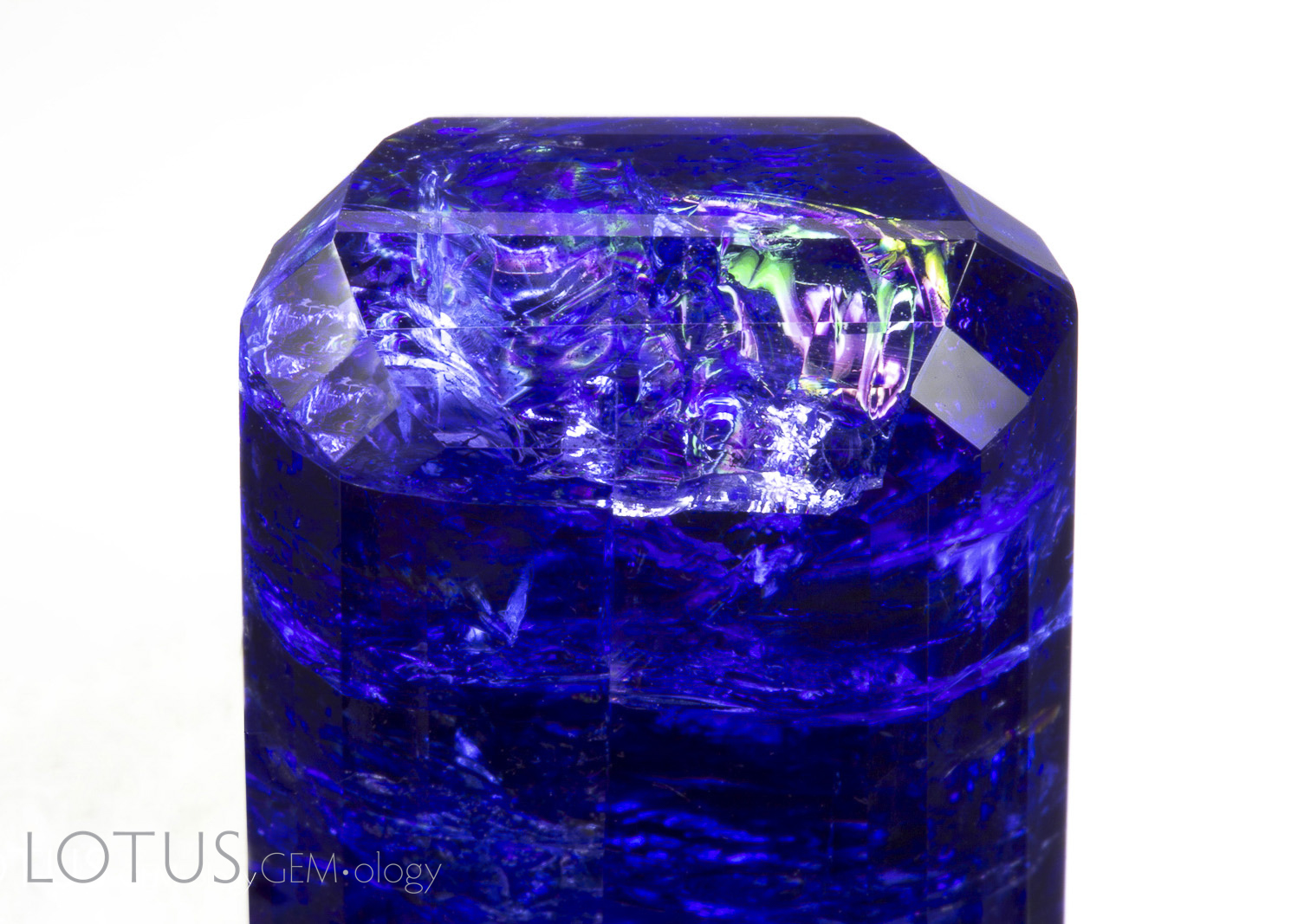Discussion of gem treatment disclosure and its somewhat difficult history.
A truth that's told with bad intent beats all the lies you can invent. —William Blake [1757–1827], Proverbs, Line 95
In 1987, the author (RWH) had the opportunity to speak at the International Gemmological Conference in Brazil. I ended my presentation with a prediction that future gemological challenges would not lie in the realm of identifying synthetics, but would instead involve separating natural stones from the ever-more sophisticated treatments of “natural” gems. And as someone who was working on the Eastern front of that battlefield in Thailand, I pleaded with the assembled cream of the gemological world for help in protecting natural gems.
The response left me in shock. I was told point blank by one of the world’s most famous gemologists that, according to CIBJO rules, the disclosure of “traditional” heat treatments was not a requirement, and the implication was that I was seriously out of line for having the temerity to bring this up.
Feeling my oats, I banged my wooden pointer on the lectern and declared that I could give a damn about CIBJO rules, that this was a war on nature and if they wanted their children to grow up knowing what a natural ruby or sapphire was, they’d best raise their eyelids a shade above their own bottom lines.
Was I paranoid? You betcha. A decade later in my 1997 book, Ruby & Sapphire, I devoted several pages to the subject of treatment disclosure and why it was not just a “swell idea,” but necessary to the very survival of the natural gem trade. After my experience at the Brazilian dart party, I knew I was up against an industry juggernaut and was seriously despondent about the future prospects.
Enter the AGTA
The American Gem Traders Association also realized there was a problem. Increasingly sophisticated treatments were making a mockery of the term “natural.” Thus in 1984 they took the bold step of requiring explicit disclosure of all enhancements at the point of sale. Much later, in 2010, both CIBJO and the ICA agreed to adopt the AGTA Enhancement Codes (AGTA, 2010).
Oh, how times change. Today, the topic is no longer a subject of discussion or disagreement. Virtually the entire gem and jewelry trade accepts the idea that, if something is done to a gem beyond ordinary cutting and polishing, it needs to be disclosed to the buyer at the time of sale. Yes, there are still pockets of resistance (the Myanmar gem trade and their oiling of gems), but the war has largely been won.
Two events tipped the balance. The first was the development of beryllium diffusion of corundum in 2001. At the time this material was introduced into the market, customers were told that nothing was added to the stones, that only heat was involved. Some buyers bought huge quantities, particularly in Japan. When the truth was revealed in early 2002 (Hughes, 2002), it was a watershed moment. For the first time, a major treatment process had been caught before it had made complete market penetration. Except for Thai and Japanese buyers, who had invested heavily in the material, the rest of the world was on the sidelines. Thus, when the news came that the treatment was a form of lattice diffusion, foreign buyers not only rejected it, but pointedly told the Thai gem trade that if it was not more honest in future treatment disclosure, they would stop buying gems from Thailand altogether. That was a “come-to-Jesus” moment for the Thai trade.
Red revolution
The second event came from an altogether different direction, mainland China. With the Communist revolution in 1948, China turned inward, cutting off the economy of the planet's most populous nation from the rest of the world.
Following the death of Mao Zedong in 1976, that began to change. By the 1990s, when Chinese gem buyers reappeared in quantity on the world gem stage, the entire gem treatment era had passed them by. They effectively reentered the market with pre-1949 ideas about gems. And one of those ideas was that natural gems should be entirely natural. A decade later, when the world economic crisis hit in 2008, Chinese buyers became dominant in the important Thai market. Because they were relatively inexperienced, for protection they demanded that lab reports accompany virtually every gem they purchased.
And when some lab reports showed that what they were being told was completely natural was anything but, they rejected the stones, demanding completely untreated gems. The result was not just a rise in the demand for skilled lab services, but also an unprecedented increase in the price of natural gems. Suddenly stones that previously would have been treated, were more valuable when kept in their pristine natural state. It was a revolution.
Codebreaking
Unfortunately, the story continues. The AGTA enhancement guidelines specify that enhancement codes are only for the convenience of business-to-business transactions. Any documentation that will be used in the sale of a stone to the public must not use enhancement codes, but instead feature explicit verbiage regarding the treatments in question.
And yet many lab reports utilize arcane codes on the front, with explicit descriptions hidden in fine print on the reverse. This is not just against the spirit, but also the letter of the AGTA enhancement guidelines.
|
The Lotus Approach to Treatment Disclosure At Lotus Gemology, we have tried to be explicit with our disclosure. Gems where no treatments are detected feature gold report covers. If a gem is commonly treated (such aquamarine) but no evidence of treatment was found, a comment is added to that effect. For gems that show evidence of treatment, a silver cover is used. For gems that are heavily treated or man-made (e.g. glass-filled rubies, synthetic sapphires, etc.), a black cover is used.
Figure 1: Lotus Gemology gold, silver and black reports. The color-coded report covers offer clients explicit enhancement disclosure at a glance. |
Watching the detectives
In addition to the backsliding on enhancement disclosure, we also see increasing attempts by treaters and traders to avoid detection by using lower and lower temperatures. The days of treaters sitting beside charcoal ovens in t-shirts and shorts are long gone. Today, both treaters and traders often have gemological training, and some treaters even have advanced degrees in physical science. They scour the literature to discover the techniques used by gemologists to unmask treatments and then experiment with different modifications to defeat those tests. The sweet spot is a treatment that changes the quality of a gem enough to change the apparent value, but not enough to be detected.
Oil slicks
Perhaps one of the most overlooked treatment is also one of the oldest, that of oiling. Except for emerald, traders purchasing colored gems are not expecting them to be fissure-filled with oil/resin. Proof of this idea is given by the fact that when Lotus Gemology receives a stone for testing, we ask that the client declare all treatments and the country of origin. After taking in tens of thousands of stones, except for emerald, we have yet to have a single client declare their stone to be fissure-filled at the time of take-in.
Several years ago, one major Bangkok trader told us point blank: “I cannot sell an oiled spinel.” For this reason, when we determine that a gem other than emerald has been fissure-filled with an oil or resin, we notify the client and allow them two opportunities to remove the filler before we issue the report.
Witness the stone in Figure 2. Inclusions and other testing showed that this stone was a spinel that originated from Myanmar. We noticed a fissure on the pavilion running parallel to the girdle plane and application of the hot point caused oil to leak out. The client then retrieved the gem and went through one round of filler removal. During the recheck, we found the oil was still there, and so it went for the second round of filler removal. When the gem was returned to us, the difference was truly remarkable. Now the gem was disfigured by a highly reflective eye-visible fissure (Figure 2).
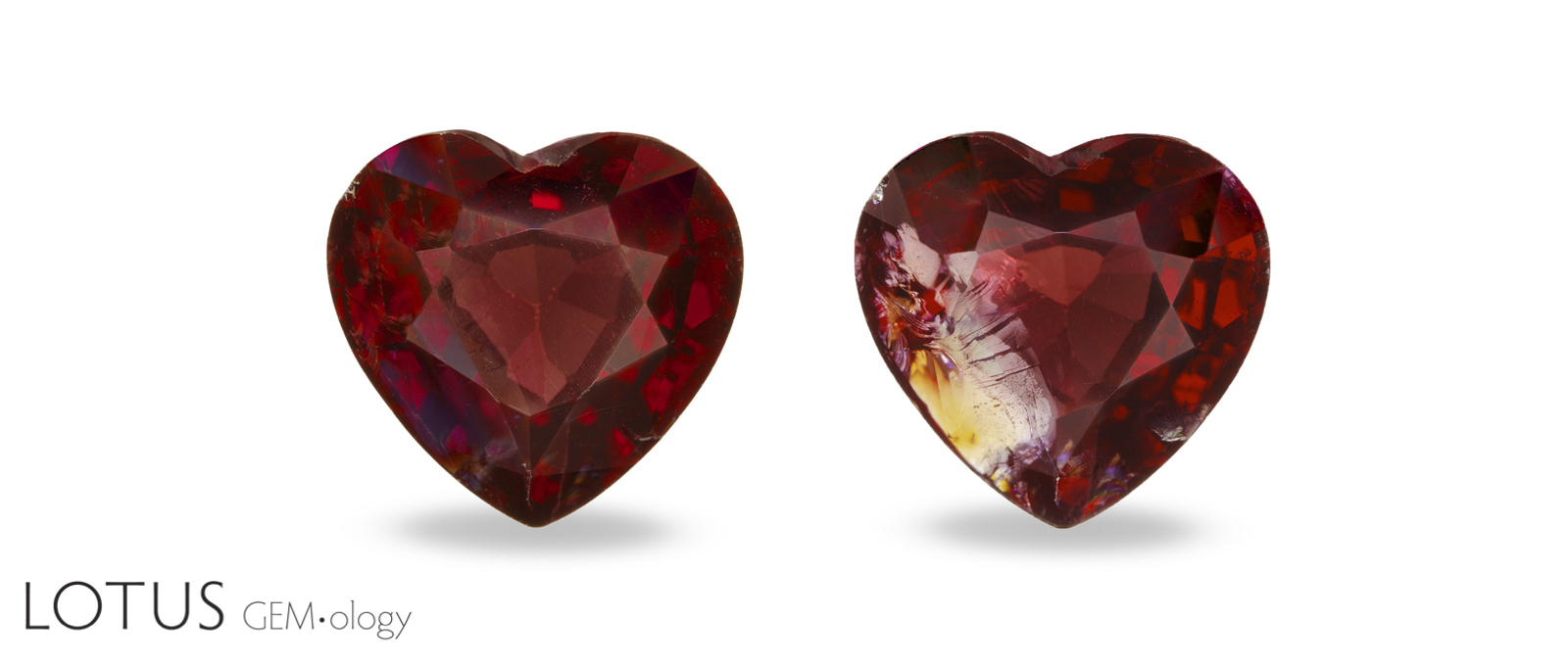 Figure 2. On the left is the 3-ct spinel as it was initially submitted. At right is the same stone following removal of the oil. The difference is striking. Following cleaning, a large reflective fissure is visible parallel to the girdle plane. This clearly demonstrates the ability of an oil/resin to mask fissures even when there is no close match in refractive index between the filler and host. Photos: Chanon Yimkeativong/Lotus Gemology.
Figure 2. On the left is the 3-ct spinel as it was initially submitted. At right is the same stone following removal of the oil. The difference is striking. Following cleaning, a large reflective fissure is visible parallel to the girdle plane. This clearly demonstrates the ability of an oil/resin to mask fissures even when there is no close match in refractive index between the filler and host. Photos: Chanon Yimkeativong/Lotus Gemology.
Trick or treat?
Figures 2 and 3 clearly demonstrate that oil can have a significant impact on the clarity of gems, even when there is a big difference in the RI of the host versus the oil. The greatest impact will be found in stones like that above, where fissures lie perpendicular to the viewing angle.
At an ICA Congress in Bangkok several decades ago, two dealers faced off on the issue of the disclosure of the fissure filling of emerald. One argued that because the treatment was “traditional” it did not need to be disclosed to buyers. The other dealer shredded such “traditional” arguments with a simple question: How would buyers know what has been done to the stone if nothing was disclosed?
The emerald trade came to grips with fissure filling. While arguments continue regarding the types of fillers and extent of the treatment, the disclosure war has largely been won. Open disclosure of fissure filling in emeralds is now the norm.
It is time for both the gemological and dealer communities to do the same regarding the fissure filling of other colored stones. Gem labs need to take greater care in identifying this treatment and gem traders need to be prepared to return such treated goods back up the supply chain to the source, where those oiling/filling the stones feel the pain of non-disclosure.
The above images speak for themselves. The fact that this enhancement is so rarely declared at the point of sale says it all: it is a trick, one where only treaters get a treat.
Both the gemological and dealer communities need to fully disclose this enhancement. No more glossing over the treatment, no more pretending it’s inconsequential, no more hiding behind valueless verbiage such as “traditional.” It’s time for such tricks to disappear. As the emerald trade has realized, there is no problem with telling the truth. The problems occur when you shade the “truth” with bad intent. That, to quote William Blake, beats all the lies you can invent.

Notes
First published in the GemGuide (2022), January/February, pp. 1–4.
References
- AGTA (2010) AGTA, CIBJO and ICA join to adopt colored gemstone disclosure codes. AGTA Press Release, 4 March.
- Hughes, R.W. (1997) Ruby & Sapphire. Boulder, CO: RWH Publishing, 512 pp.
- Hughes, R.W. (2002) The Skin Game: Orange sapphire treatment raises controversy. The Guide, Vol. 21, No. 2, Part 1, March–April, pp. 3–7.
- Overton, T.W. (2004) Gem treatment disclosure and U.S. law. Gems & Gemology, Vol. 40, No. 2, Summer, pp. 106–127.
About the author
Richard W. Hughes is one of the world’s foremost experts on ruby and sapphire. The author of several books and over 170 articles, his writings and photographs have appeared in a diverse range of publications, and he has received numerous industry awards. Co-winner of the 2004 Edward J. Gübelin Most Valuable Article Award from Gems & Gemology magazine, the following year he was awarded a Richard T. Liddicoat Journalism Award from the American Gem Society. In 2010, he received the Antonio C. Bonanno Award for Excellence in Gemology from the Accredited Gemologists Association. The Association Française de Gemmologie (AFG) in 2013 named Richard as one of the Fifty most important figures that have shaped the history of gems since antiquity. In 2016, Richard was awarded a visiting professorship at Shanghai's Tongji University. 2017 saw the publication of Richard and his wife and daughter's Ruby & Sapphire • A Gemologist's Guide, arguably the most complete book ever published on a single gem species and the culmination of nearly four decades of work in gemology. In 2018, Richard was named Photographer of the Year by the Gem-A, recognizing his photo of a jade-trading market in China, while in 2020, he was elected to the board of directors of the Accredited Gemologists Association and was appointed to the editorial review board of Gems & Gemology and The Australian Gemmologist magazine. Richard's latest book, Jade • A Gemologist's Guide, was published in 2022.


